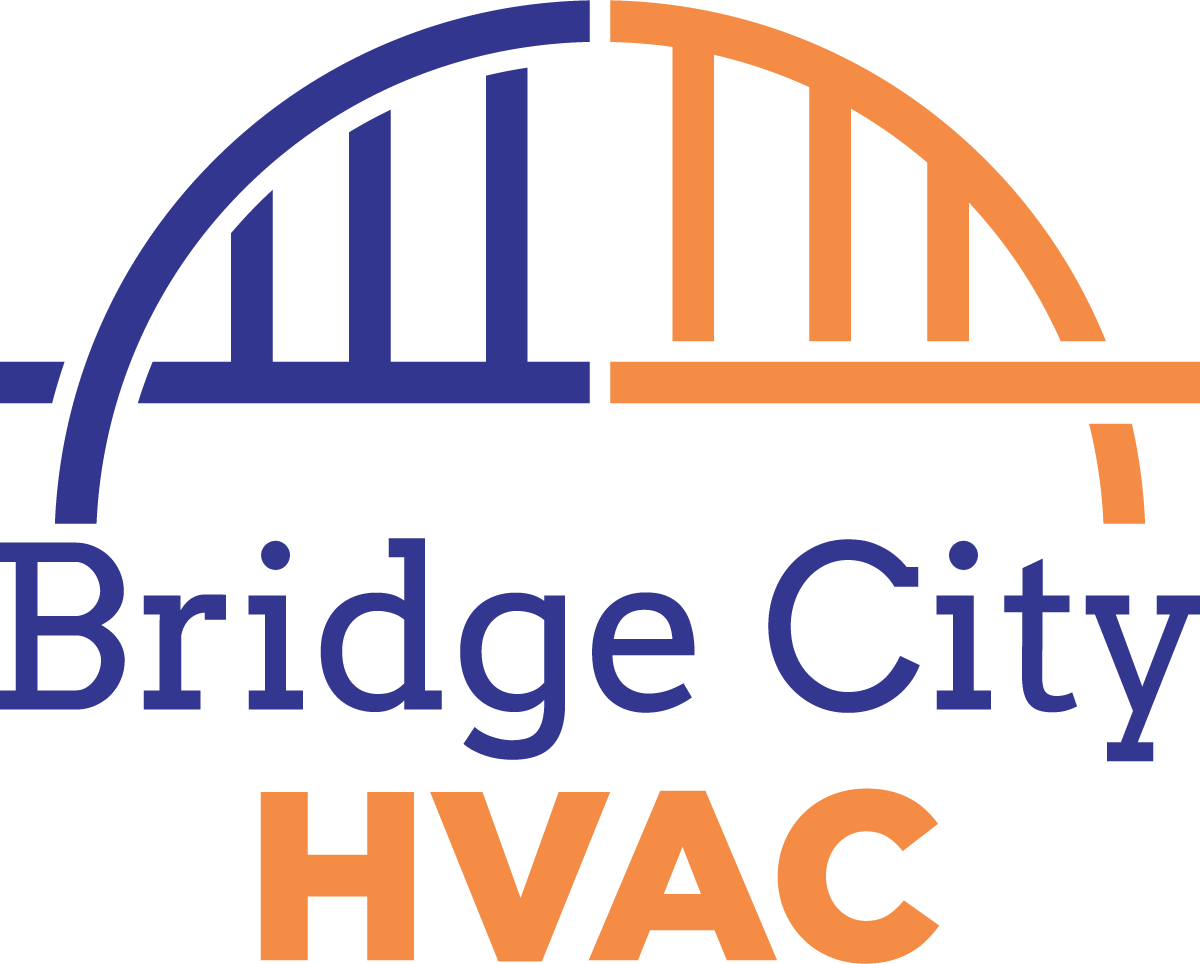How Oregon’s Air Impacts Your HVAC System: What Homeowners Should Know
Oregon is known for its lush forests, coastal breezes, and diverse landscapes—but its air quality can vary dramatically across seasons and regions. While you might enjoy the state’s natural beauty, your HVAC system could be quietly suffering behind the scenes. Whether you're nestled in rainy Portland or amid wildfire-prone areas in southern Oregon, it’s important to understand how local air conditions impact your heating, ventilation, and air conditioning system.
1. Humidity and Rain: Hidden Challenges in the Pacific Northwest
The western half of Oregon is infamous for its wet and humid climate, especially in cities like Eugene, Salem, and Portland. This poses several issues for HVAC systems:
Mold & Mildew Risk: High humidity can lead to moisture buildup inside HVAC ducts and filters, creating a breeding ground for mold and mildew.
Corrosion: Components like coils, electrical contacts, and metal ductwork are more prone to rust in consistently moist environments.
Dehumidification Demand: HVAC systems must work harder to dehumidify indoor air, which can shorten their lifespan and increase energy usage if not properly maintained.
Tip: Invest in a whole-home dehumidifier or ensure your HVAC unit includes a humidity control feature. Regular filter changes and duct inspections can prevent long-term moisture damage.
2. Wildfire Smoke and Ash: A Summer Threat
Wildfire season has become an unfortunate annual occurrence in many parts of Oregon. Even if you’re miles away from active fires, drifting smoke and airborne ash can infiltrate homes and impact HVAC performance.
Clogged Filters: Smoke particles and ash quickly clog air filters, reducing airflow and forcing systems to work harder.
Indoor Air Quality (IAQ): Without proper filtration, contaminants can circulate indoors, aggravating allergies and respiratory issues.
Compressor and Coil Damage: Outdoor HVAC units can accumulate ash and soot, which may interfere with heat exchange and degrade parts faster.
Tip: During wildfire season, switch to HEPA-grade filters and replace them more frequently—possibly every 1–2 weeks. Schedule professional coil cleanings after periods of poor air quality.
3. Allergens and Pollen: Spring’s Invisible Foe
Oregon’s natural landscape makes springtime a high-pollen season. Tree pollen in early spring and grass pollen in late spring to early summer can create a surge in allergens.
Air Intake Sensitivity: HVAC systems pull outdoor air into the home, and without sufficient filtering, pollen can circulate indoors.
Filter Load: Just like with wildfire smoke, pollen adds an additional burden to HVAC filters.
Tip: Use high-efficiency filters rated MERV 11 or higher to trap allergens. Consider upgrading to a system with an air purifier if allergies are a concern.
4. Dust and Drought Conditions in Central and Eastern Oregon
In drier parts of the state like Bend or Pendleton, HVAC systems face a different challenge—dust. Sparse vegetation and wind contribute to airborne dirt that can easily infiltrate systems.
Increased Maintenance Needs: Dust accumulates on fan blades, filters, and ductwork, leading to efficiency loss.
Overheating Risks: Blocked airflow caused by dust can cause components to overheat or fail prematurely.
Tip: Set up a quarterly HVAC maintenance schedule and use weatherproof covers for outdoor units in dusty areas.
5. What You Can Do: Maintenance Best Practices for Oregon Homeowners
No matter where you live in Oregon, a few simple steps can dramatically extend your HVAC system’s lifespan and maintain your indoor air quality:
Change filters regularly —monthly during heavy smoke or pollen seasons.
Schedule annual inspections before both heating and cooling seasons.
Clean ducts every 3–5 years, or more often if pets, dust, or allergies are a concern.
Seal leaks in ductwork to avoid inefficiencies and pollutant intrusion.
Consider upgrades to smart thermostats and air purification systems.
Final Thoughts
Oregon’s beauty comes with unique environmental challenges that your HVAC system must silently combat year-round. Whether it’s the damp west, smoky summers, or dry eastern regions, understanding your local air conditions is the first step to protecting your home’s comfort and air quality. With regular maintenance and a proactive approach, your HVAC unit can thrive even in Oregon’s most unpredictable air environments.


